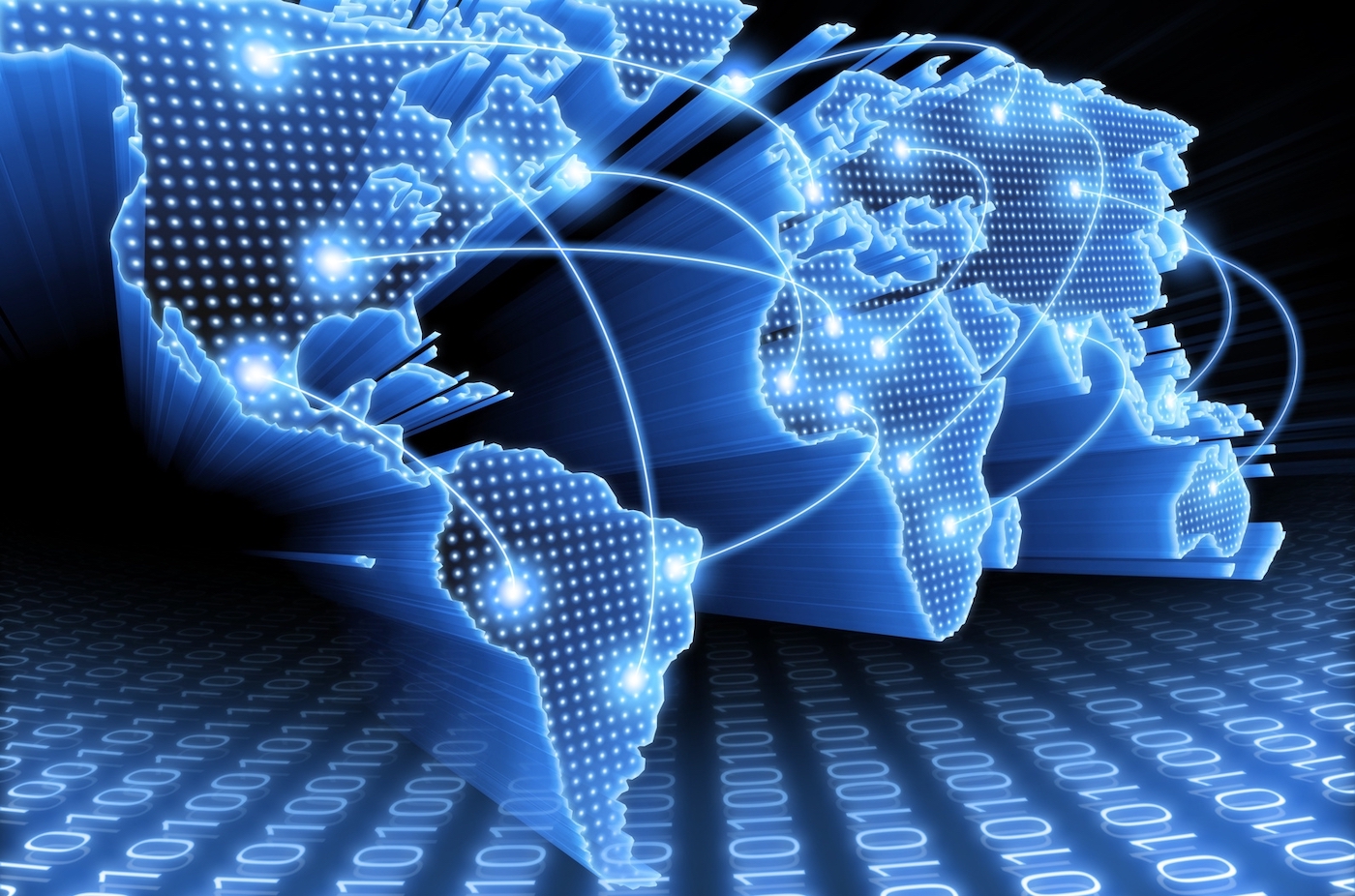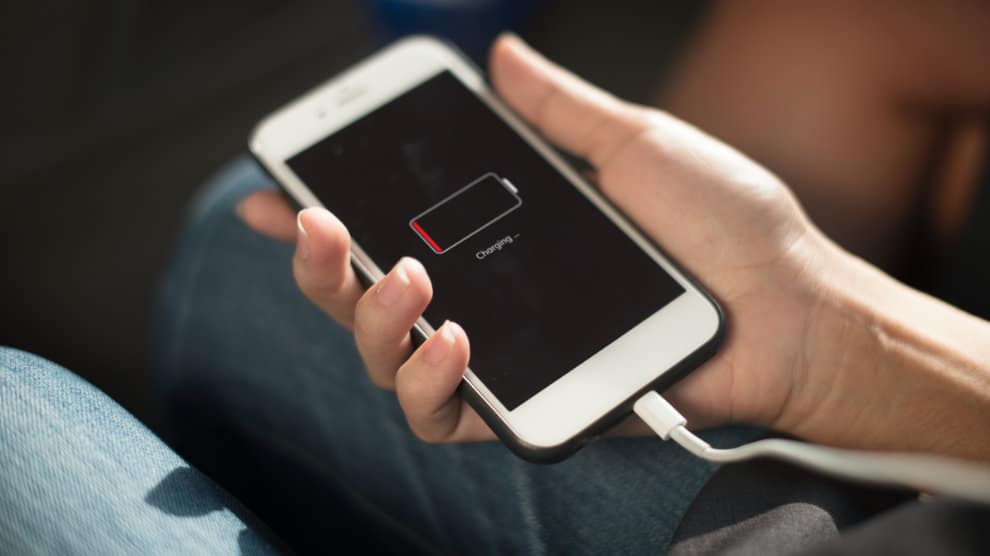In 2022, a third of the world’s population still does not have the Internet
In 2022, a third of the world’s population remains without internet access and the pace of new connections has slowed, according to the latest UN statistics.
In a report, the UN noted :
Some 5.3 billion people worldwide now use the Internet and while growth continues to be encouraging, the trend suggests that without new investment in infrastructure and a new impetus to engender new digital skills, chances of connecting the world’s population by 2030 seem increasingly slim.
This year, 2.7 billion people still do not have Internet access. They were 3 billion in 2021 and 3.6 billion in 2019, just before the Covid-19 pandemic. This one “Gave us a big boost in terms of connectivity, but we need to keep up the pace to make sure everyone can benefit” digital, said Houlin Zhao, the organization’s secretary general. “This can only be achieved with more investment in digital networks and technologies, best-practice regulation and training,” he added.
The IUT has identified two main obstacles to its goal of a fully connected global population: populations that are still unconnected are also the most difficult to reach and the difficulties in moving from simple access to regular and easy access . The ITU believes that the obstacles are often underestimated such as too slow connection speeds, too high prices for equipment and subscriptions, the lack of digital culture or even cultural and linguistic barriers, but also gender discrimination and sometimes the simple lack of access to electricity.
Africa is the least connected of the six ITU regions, with 40% of the population online. In Arab countries, this rate is 70%. In Asia-Pacific, the internet penetration rate has increased from 61% in 2021 to 64% this year. The Americas, the Commonwealth of Independent States and Europe show rates of over 80%. The Old Continent comes first with 89% of its population connected.



